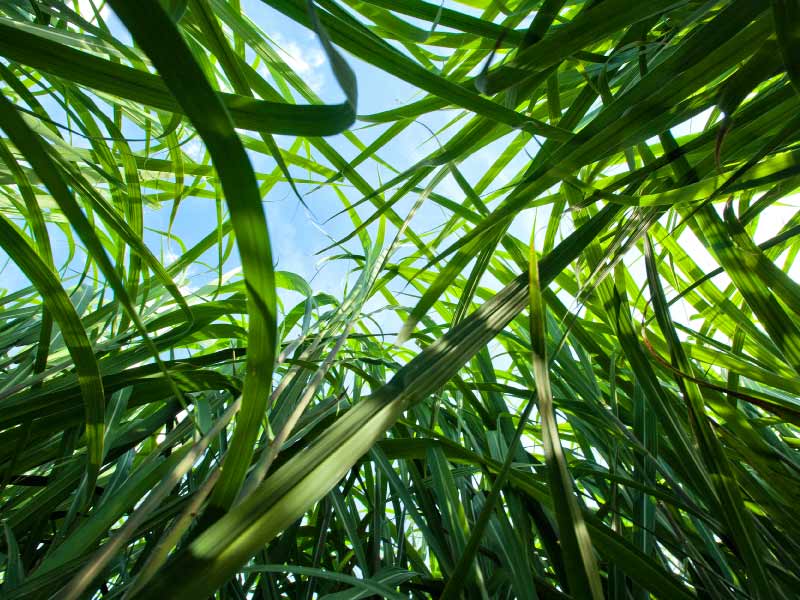
This evolution of the CAP on EIS is a recognition of the environmental assets of Miscanthus.
The European Union confirmed that: "On January 1, 2018, a series of technical improvements concerning the Common Agricultural Policy (CAP) will enter into force, which will simplify the life of farmers and national administrations in Europe. The agricultural part of the so-called "omnibus" regulation was adopted on December 12, 2017 day by the Agriculture and Fisheries Council following the informal agreement reached on October 12 with the European Parliament."
This regulation amends the financial rules governing the implementation of the EU budget, as well as 15 sectoral pieces of legislation, notably on direct payments and greening.
The notable measure for miscanthus and which demonstrates a better consideration of its environmental assets:
Introduction of the miscanthus crop in the list of eligible species as a Surface of Ecological Interest (SIE) with a factor of 0.7.
This revision of the list of eligible crops is the result of several months of consultation with the European authorities, at the initiative of Novabiom, France Miscanthus, Aebiom and other European actors (such as Belgium through Valbiom and Germany) very involved in the recognition of miscanthus and its ecosystem services.
Surfaces of Ecological Interest, EIS, are a condition for farmers to receive the full CAP aid (green payments) and must represent the equivalent of 5% of their arable land. Several possibilities exist to respect the EIS commitments, for example: multi-species intermediate cover, hedges, set-aside...
Note: protein crop areas (in case of use of plant protection products) are no longer eligible.
It is now possible to establish miscanthus surfaces.
Miscanthus is a perennial crop planted for at least 20 years. It offers interesting economic outlets: litter, biofuel, horticultural mulch, with numerous positive externalities for the producer and his territory:
- Creation of facilities with high ecological and economic added value
- Protection or preservation of surface and groundwater quality;
- Erosion and mudslide control;
- Reinforcement or creation of islands favorable to biodiversity
- Reduction of CO2 emissions (no tillage, zero phyto, carbon storage)
- Re-appropriation of local markets by the farmer
- Creation of energy and litter autonomy.
- Opportunity to valorize marginal lands where miscanthus will render environmental services (polluted plots, areas highly sensitive to erosion, close perimeter of drinking water catchment)
